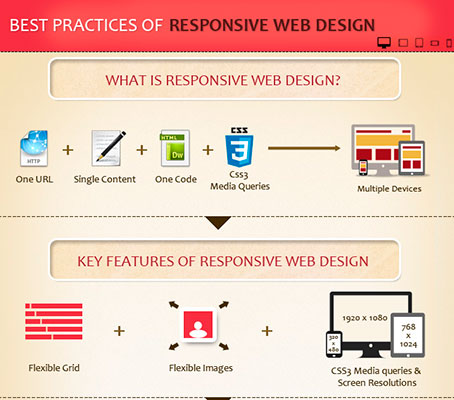Fascinated In Finding Out How Internet Site Style Has Progressed Over The Years? Explore The Trip From Uncomplicated Styles To User-Centered Methods
Fascinated In Finding Out How Internet Site Style Has Progressed Over The Years? Explore The Trip From Uncomplicated Styles To User-Centered Methods
Blog Article
Produced By-Hartley Hejlesen
In the past, sites were easy and concentrated on details. Navigation was straight, and style was for desktops. Now, customer experience is key. Information overviews designs for simple navigating. Receptive designs match various gadgets. Today, dark mode decreases pressure, and minimal food selections boost navigation. Interactive attributes engage users, and strong visuals stand apart. AI assimilation increases engagement. See how design has actually progressed to improve your on the internet journey.
Early Days of Website Design
In the very early days of web design, simplicity preponderated. Web sites were fundamental, with limited shades, font styles, and layouts. The focus was on providing details rather than fancy visuals. Customers accessed the net through slow dial-up links, so rate and capability were crucial.
Navigation menus were straightforward, typically situated on top or side of the web page. Internet sites were made for desktop, as mobile browsing had not been yet prevalent. Web content was king, and designers focused on very easy readability over complicated style elements.
HTML was the key coding language made use of, and designers had to function within its restraints. Animations and interactive functions were minimal compared to today's standards. Websites were fixed, with little vibrant material or customized customer experiences.
Surge of User-Focused Design
With the advancement of web site layout, a shift towards user-focused design concepts has become significantly popular. https://johnathanjeztn.csublogs.com/32327583/creating-websites-that-can-be-conveniently-utilized-by-all-people-taking-into-consideration-the-demands-of-every-individual , producing web sites that focus on customer experience is critical for engaging visitors and achieving company goals. User-focused layout involves recognizing the requirements, choices, and behaviors of your target audience to customize the internet site's design, web content, and features accordingly.
Developers now conduct thorough research, such as user surveys and functionality testing, to collect insights and responses directly from users. This data-driven strategy assists in producing intuitive navigation, clear calls-to-action, and visually attractive user interfaces that resonate with site visitors. By positioning the customer at the facility of the design process, internet sites can provide a more tailored and delightful experience.
Responsive design has actually additionally become a crucial aspect of user-focused style, making sure that internet sites are maximized for different gadgets and screen dimensions. This adaptability enhances accessibility and use, catering to the varied methods customers communicate with web sites today. In essence, the increase of user-focused layout indicates a shift in the direction of developing electronic experiences that focus on the needs and assumptions of the end customer.
Modern Trends in Website Design
Discover the latest trends shaping web design today. One prominent pattern is dark mode style, supplying a smooth and contemporary appearance while decreasing eye pressure in low-light atmospheres. An additional crucial trend is minimalist navigating, streamlining food selections and enhancing user experience by focusing on essential elements. Integrating micro-interactions, such as computer animated switches or scrolling effects, can produce an extra interesting and interactive website. Receptive design stays crucial, making sure seamless individual experiences across different devices. Furthermore, utilizing vibrant typography and asymmetrical layouts can include visual interest and accentuate particular content.
Incorporating AI modern technology, like chatbots for client support or tailored recommendations, enhances user engagement and improves procedures. Accessibility has additionally come to be a significant fad, with designers focusing on inclusive layout practices to accommodate diverse individual requirements. Accepting sustainability by enhancing internet site efficiency for speed and efficiency is one more emerging trend in website design. Teaming up with user responses and information analytics to repeat and boost style continuously is vital for remaining relevant in the ever-evolving electronic landscape. By accepting these contemporary patterns, you can produce an aesthetically enticing, user-friendly web site that resonates with your target market.
Final thought
As you assess the evolution of site design from the very early days to now, you can see how user-focused style has actually become the driving force behind contemporary trends.
Welcome the trip of modification and adaptation in web design, constantly maintaining the individual experience at the center.
Remain current with the most recent fads and modern technologies, and never ever quit progressing your method to produce visually magnificent and straightforward websites.
Develop, adapt, and create - the future of web design remains in your hands.
